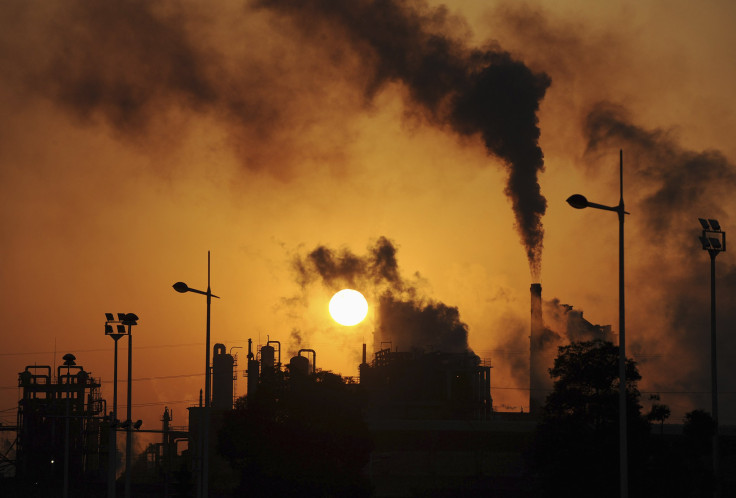Two-Degree Rise In Global Temperatures A 'Prescription For Disaster,' Says Former NASA Scientist

Limiting the rise in global temperatures to 2 degrees Celsius (3.6 degrees Fahrenheit) above pre-industrial levels has become the de-facto goal of climate scientists seeking to mitigate the effects of anthropogenic climate change. However, a former NASA climate scientist has now called the goal a “prescription for disaster.”
“It's crazy to think that 2 degrees Celsius is a safe limit,” James Hansen, former head of NASA's Goddard Institute for Space Studies and now an adjunct professor at Columbia University in New York, told ABC Radio on Tuesday. “The ice sheets are losing mass faster and faster, with a doubling time of about 10 years. … If that continues, we would get sea-level rises of several meters in 40-50 years.”
The two-degrees target first gained traction in the 1990s, when it emerged as a “safe” limit to restrict global temperatures at levels that would prevent some of the worst effects of climate change. However, scientists have, in the past, criticized the goal as being impractical and a “combination of fantasy and irrelevance.”
Speaking to ABC Radio, Hansen said that it is well understood by the scientific community that the two-degrees goal is “crazy.”
“That number was chosen because it was convenient … what the science tells us is that we have an emergency,” Hansen said. “It is not obvious to the public because climate systems respond slowly, they only respond over timescales of decades to centuries.”
Hansen’s comments come several months ahead of multinational climate change talks scheduled to be held in Paris later this year. During the December talks, which have been pegged as extremely crucial, countries are expected to pledge a reduction in greenhouse gas emissions in order to keep warming below 2 degrees Celsius.
“We should reduce emissions as fast as practical, bearing in mind the economic consequences,” Hansen told ABC Radio. However, even if this is done, prevention of a catastrophic rise in global temperatures might already be beyond the realms of possibility.
In recent months, several studies incorporating satellite data gathered over the Arctic and the Antarctic have shown that not only are polar ice caps becoming increasingly thin, they are also shrinking. Melting of ice shelves and glaciers in the poles is particularly alarming as the process creates a self-sustaining cycle -- high temperatures melt ice, creating open areas of ocean that absorb more heat, which in turn melt more ice and warm the planet.
“The consequences [of sea level rise] are almost unthinkable. It would mean that all coastal cities would become dysfunctional. The economic implications are incalculable,” Hansen said. “We really cannot go down that path.”
© Copyright IBTimes 2024. All rights reserved.






















